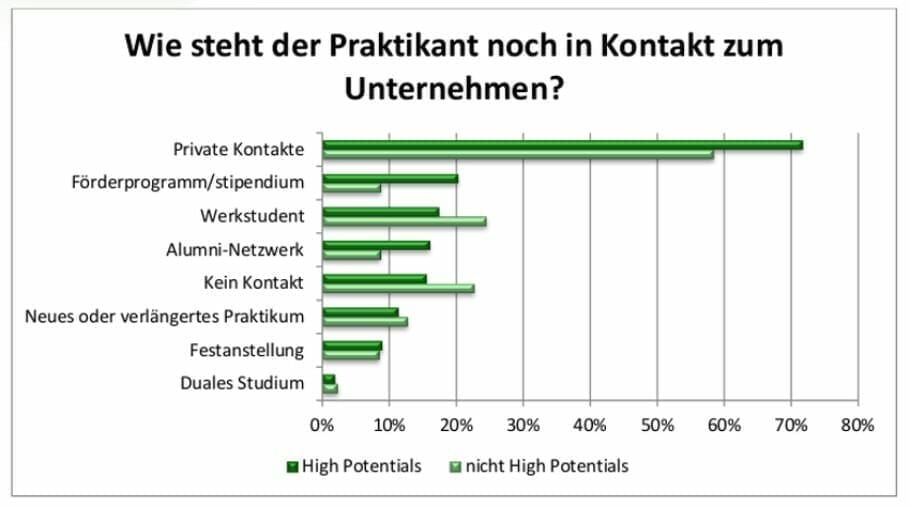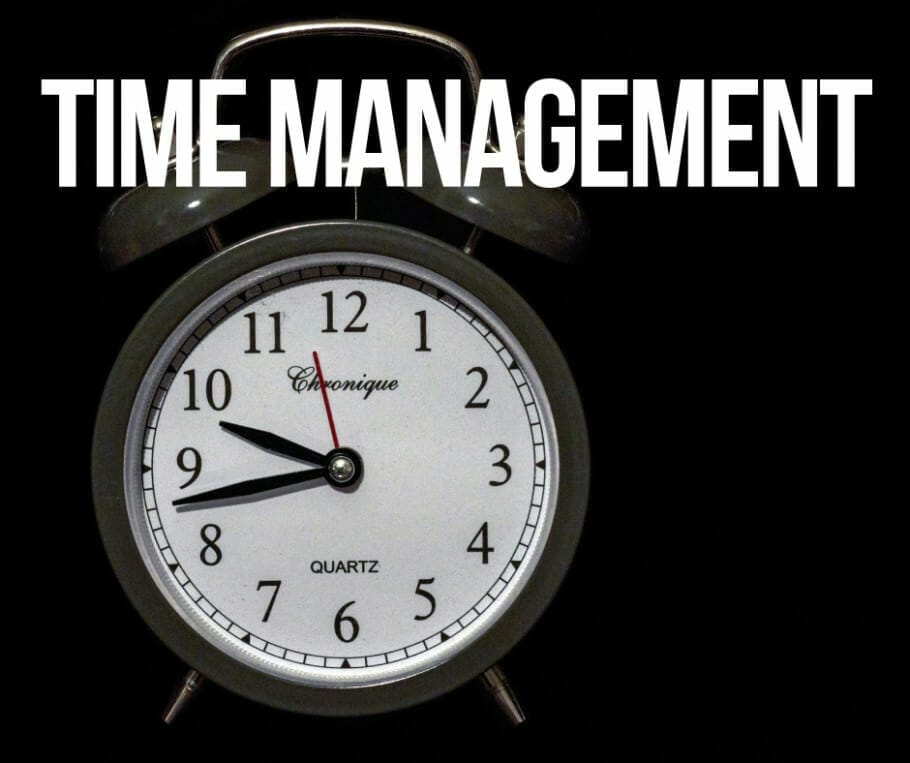For their successful, good life Information you really need: Government-funded publisher, awarded the Global Business Award as Publisher of the Year: Books, Shops, eCourses, data-driven AI-Services. Print and online publications as well as the latest technology go hand in hand - with over 20 years of experience, partners like this Federal Ministry of Education, customers like Samsung, DELL, Telekom or universities. behind it Simone Janson, German Top 10 blogger, referenced in ARD, FAZ, ZEIT, WELT, Wikipedia.
Disclosure & Copyrights:
Data security in companies: 2 X 4 Tips against shadow IT
By Paul Chapman (More) • Last updated on October 29.02.2024, XNUMX • First published on 16.11.2016/XNUMX/XNUMX • So far 6376 readers, 2507 social media shares Likes & Reviews (5 / 5) • Read & write comments
Employees are excellent problem solvers. Put an obstacle in their way and they'll find a way around it. But that can be exactly what can happen in the long run Problem for the IT-Security of Companys .

Employees with own initiative are good, right?
If your employees show initiative and work with IT systems that don't work for them, then you can for sure be that they will find an alternative. And who can blame them? They have Set and deadlines to be met. They have customers and colleagues made promises that they must keep.
And you might be thinking now – what's the problem there? If they have some workarounds to help Hand have - wonderful. It's easier than coming up with new solutions. But workarounds can be a sign that your business can no longer keep up.
The path of least resistance
Let's look at the most common solutions that people use to do their jobs. Always popular is sending documents via eMail personal accounts so they can work away from the office - productivity certainly benefits from this.
Then there are the popular collaboration solutions - setting up unapproved synchronization and sharing services so that they can access a wide variety of files in a Starbucks or the airport lounge and share them with colleagues, suppliers and partners.
This means that sensitive company data is Internet Distributed in places your IT department can't see. And that's the problem with the path of least resistance - it leads to IT security problems in your company over time.
Why are ECM systems not suitable for employees?
Actually there is one for this problem Solution. It's called Enterprise Content Management (ECM) and it came up in the 2000s. These ECM systems were good for managing mission-critical information and processes, but they didn't provide a pleasant user experience. That was a disappointment.
Research from Systemscope shows that over 50 percent of ECM projects had lower takeover rates than expected. And what's worse, 50 percent failed completely. So it's no wonder that workarounds have become a solution. So what's the problem? Why are ECM systems not suitable for employees?
A step behind reality
Many ECM systems were developed before this rapid development began. Now their abilities lie behind the modern business reality, which is why employees are forced to find workarounds for doing your job.
Every conceivable way we manage our business has changed in the past ten years. In particular, four forces have shaped our way of working today.
- Mobility: Today, almost all the world can be reached by smartphone, so businesses need to meet special customer expectations and provide mobile services that improve the quality of life and convenience of their customers.
- analysis: Organizations need to manage unbelievable amounts of data and identify the critical information they need to improve their customer experience, or the data needed to run applications and devices.
- Cloud: Today's businesses are built on cloud technology, while established technology giants are increasingly collaborating with native cloud providers.
- The Internet of Things: Up to 2020, new business models need to integrate 25 billion networked devices that generate information, in addition to the existing network of mobile users.
The extent of shadow IT
According to CIO.com, only 8 percent of companies know the extent of shadow IT that is hidden in their processes. This means that for most companies, the data hidden in the systems such as network protocols, eMailTraffic, annexes, corporate credit card reports, telephone bills, ISP bills and firewall protocols are unaware.
By working directly with the employees in your company right from the start, you can find out what is wrong in your systems and processes before it is too late.
What the IT approves is alright?
Bypassing ECM systems, however, does not happen completely undetected. Many IT managers are from Shop pressured to enable collaboration and mobility, forcing them to use company-approved workarounds.
Adding external partners to the corporate directory is an example of this. Duplicating data from the internal Network in the DMZ is also common, but not ideal at all. The increased storage and management costs of duplication are a problem. Sensitive data often ends up in the DMZ, making it a prime target for hackers. companies know them risks, but they often don't know it's a safe one Alternatives gives.
Collaboration that works
To be a step ahead of this problem, a next-generation enterprise content management and collaboration platform must meet four key criteria:
- Versatile content management: The system must be able to manage ALL content types on thousands of apps on all devices and up to the cloud.
- Flexible security control: You can be sure that content and data are secure but still accessible by users.
- Workflow integration: Optimal interoperability to enable content and communications to be routed securely and seamlessly through critical business solutions and LOB apps.
- User Experience: And, of course, it must offer a fantastic user experience. If the IT solution does not provide optimal user experience, it is not accepted.
3 responses to "Data security in companies: 2 X 4 tips against shadow IT"
-
Data Security in Business: 2 X 4 Tips against Shadow IT by Paul Chapman - Recommended contribution 1xNdvBOXig
-
Data security in companies: 2 X 4 Tips against shadow IT by Paul Chapman via BERUFEBILDER - Recommended contribution MR8DmQ16K6
-
Data security in companies: 2 X 4 Tips against shadow IT by Paul Chapman via BERUFEBILDER - Recommended contribution z0cc1mPz0C









Post a Comment